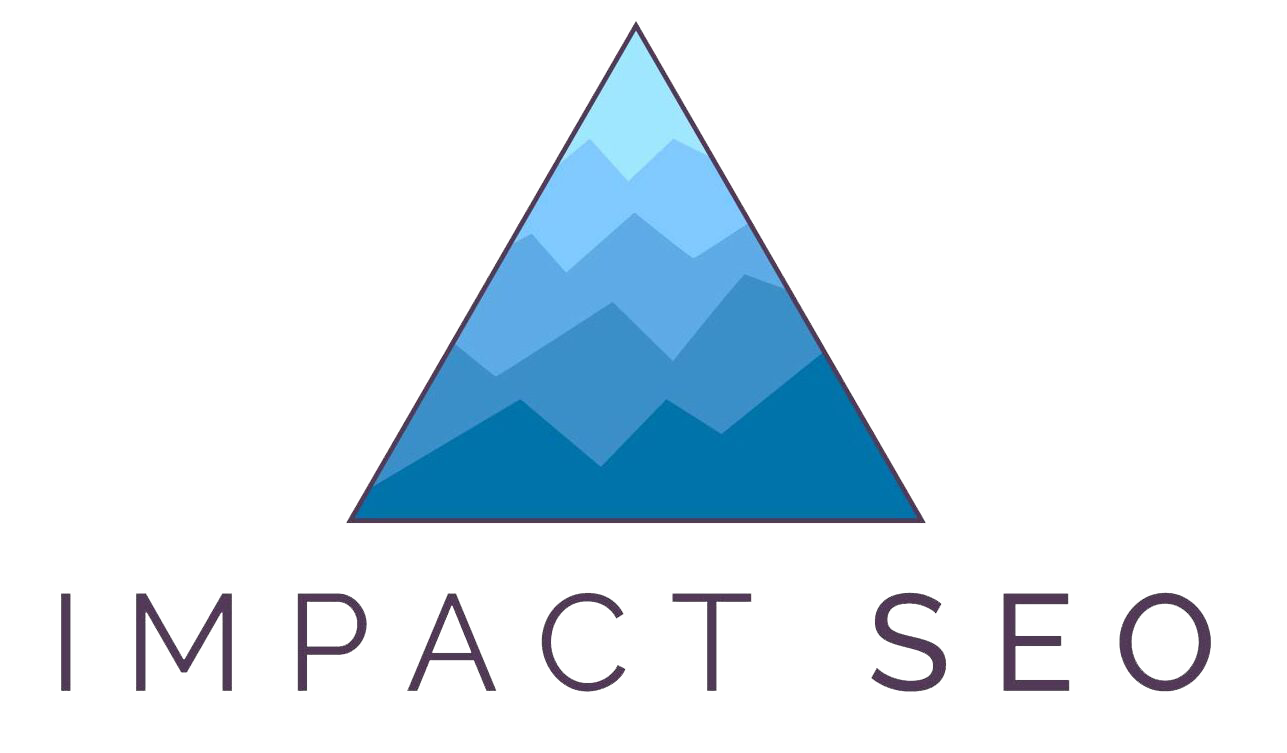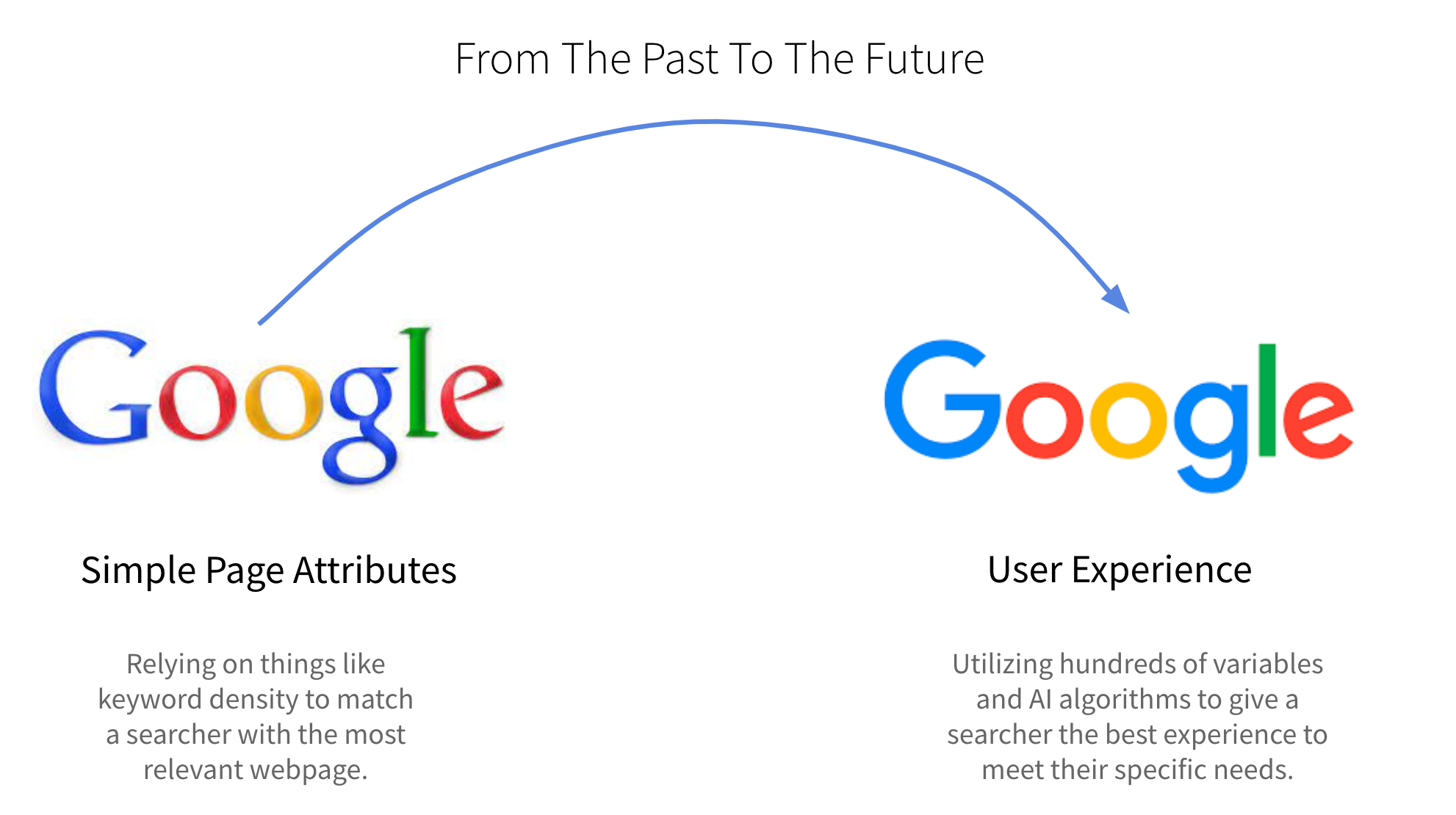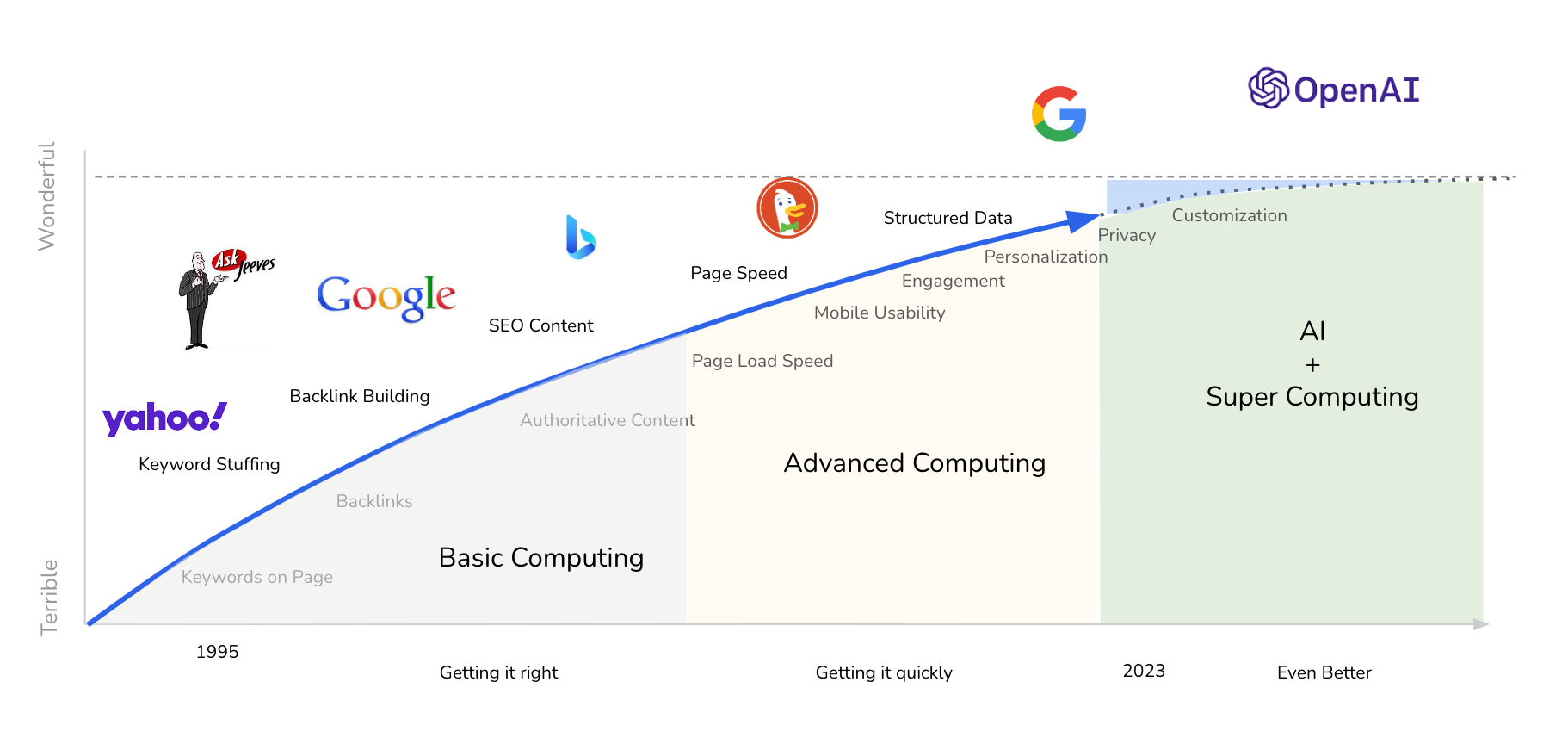Google’s October 2023 Spam Update, launched on October 4, 2023, represents a significant effort to combat various forms of spam in search results. This algorithm update targets cloaking, hacked content, auto-generated content, and scraped spam, with a pronounced focus on languages like Turkish, Vietnamese, Indonesian, Hindi, and Chinese, although it impacts English as well.
The update, which finished rollout October 20, aims to enhance Google’s spam detection across multiple languages and improve the overall quality of search results.
What Are Spam Updates?
Spam Updates are part of Google’s ongoing efforts to refine its search algorithm. This particular update is designed to identify and penalize websites that employ spam techniques in violation of Google’s policies. It’s a global initiative that affects all regions and languages, with a notable emphasis on improving coverage in many non-English languages.
Targets of the New Spam Update
Google’s October 2023 spam update targets these specific types of spam:
- Cloaking: Showing different content to users and search engines to manipulate rankings.
- Hacked Content: Unauthorized content placed on sites due to security vulnerabilities.
- Auto-Generated Content: Programmatic content that lacks originality or value, aimed at manipulating search rankings.
- Scraped Content: Using content from other sites without adding value or providing additional services.
What Does Google Consider Spam?
In its spam policies, Google outlines practices it deems spammy or misleading, including:
- Hidden text or links.
- Automatically generated content with minimal user value.
- Large-scale article scraping without permission.
- Pages with excessive ads or thin affiliate content.
- Practices like cloaking, sneaky redirects, and creating deceptive doorway pages.
- Aggressive or misleading commercial tactics.
Types of Spam
The update focuses on reducing spam in search results, specifically targeting:
- Thin, copied, and misleading content.
- Overly promotional content.
- Content that violates Google’s guidelines.
Why Do Spam Updates Matter?
This update is significant for website owners and SEO professionals as it can impact site rankings, especially for non-English sites. Understanding and adhering to Google’s guidelines is crucial for maintaining or improving search engine visibility.
Recovery Strategies When Hit by the Update
For sites impacted by this update, Google advises the following practices:
- Review Google’s Spam Policies: It’s essential to familiarize yourself with Google’s updated spam policies. These guidelines clearly define what Google considers spam and outline best practices for website content and SEO strategies. Ensuring your website aligns with these policies is the first step towards recovery.
- Conduct comprehensive website audits: Regularly audit your website to identify potential issues. Look for hidden text or links, check if your content is original or scraped from other sources, and assess the overall quality of your content. Remove or revise any content that could be seen as spammy, such as auto-generated or thin content. Also, ensure your website’s security is robust to prevent hacked content.
- Focus on high-quality, original content: Google values original, informative, and engaging content. Replace thin, low-value content with well-researched and comprehensive material that provides real value to your audience. This not only helps in recovery but also in building a loyal user base and improving your site’s authority.
- Improve user experience (UX): Ensure your website offers a positive user experience. This includes having a clean, easy-to-navigate design, fast loading times, and mobile-friendly pages. Avoid overwhelming users with excessive ads or pop-ups that can detract from the quality of their experience.
- Monitor and clean up backlinks: Scrutinize your site’s backlink profile. Disavow spammy or low-quality backlinks that can negatively impact your site’s reputation. Focus on building natural, high-quality backlinks that enhance your site’s credibility.
- Avoid deceptive SEO tactics: Avoid black-hat SEO practices like cloaking, sneaky redirects, or doorway pages. These tactics can lead to severe penalties from Google. Instead, adopt white-hat SEO practices that comply with Google’s guidelines.
- Regular updates and refreshes: Keep your website’s content fresh and updated. Regular updates signal to Google that your site is active and relevant, which can aid in recovery from a spam penalty.
- Engage with your audience: Create content that encourages user engagement. This can include interactive elements, comment sections, and content that invites user participation. A higher engagement level can improve your site’s standing with Google.
- Use Google’s tools and resources: Utilize tools like Google Analytics and Google Search Console. These tools provide insights into your website’s performance and help identify areas needing improvement.
- Be patient and persistent: Recovery from a spam update can take time. It’s important to be patient and continuously work on improving your website. Regularly monitor your site’s performance and adjust your strategies as needed.
The October 2023 Spam Update is a reminder of the importance of ethical SEO practices and high-quality content. Websites adhering to Google’s guidelines and focusing on providing value to users are more likely to thrive in the wake of this and future updates.






